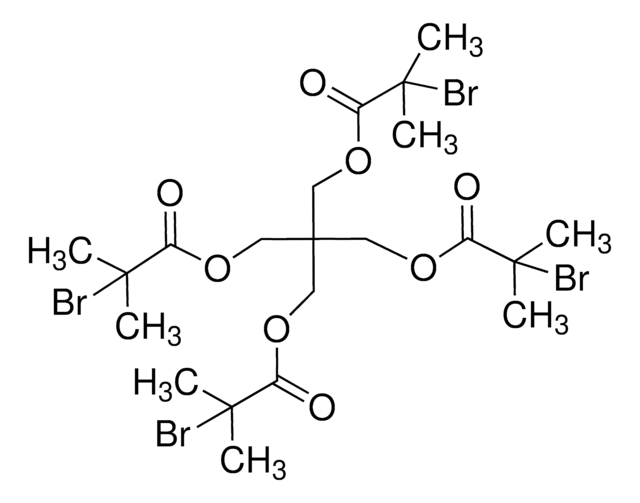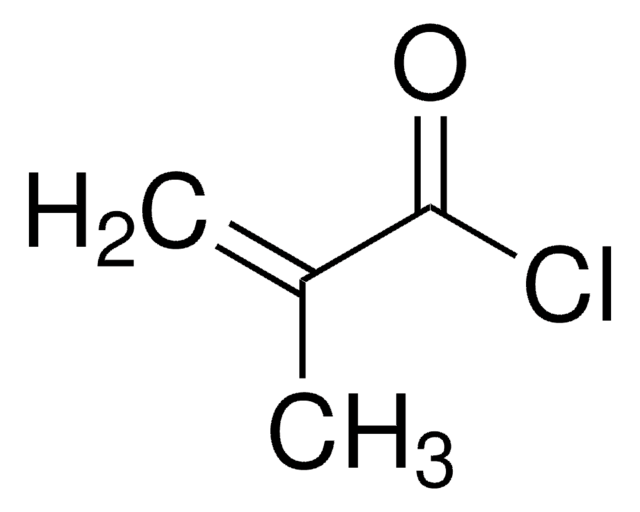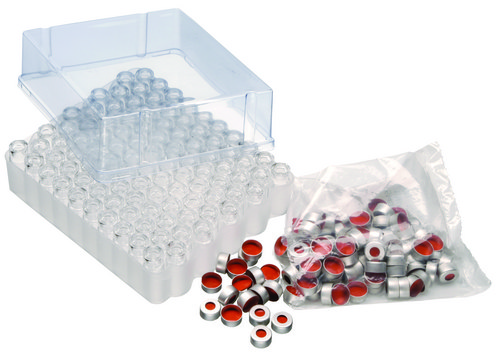734586
2-(2-Bromoisobutyryloxy)ethyl methacrylate
95%
Synonym(s):
2-Methacryloxyethyl 2′-bromoisobutyrate, 2-Methylacrylic acid 2-(2-bromo-2-methylpropionyloxy) ethyl ester, BIEM
About This Item
Recommended Products
Quality Level
Assay
95%
form
liquid
refractive index
n20/D 1.471
density
1.303 g/mL at 25 °C
storage temp.
2-8°C
SMILES string
CC(=C)C(=O)OCCOC(=O)C(C)(C)Br
InChI
1S/C10H15BrO4/c1-7(2)8(12)14-5-6-15-9(13)10(3,4)11/h1,5-6H2,2-4H3
InChI key
QXDYJUSFCUKOQD-UHFFFAOYSA-N
Application
Choose from one of the most recent versions:
Already Own This Product?
Find documentation for the products that you have recently purchased in the Document Library.
Articles
Over the past two decades, the rapid advance of controlled living polymerization (CLP) techniques.
Protocols
Polymerization via ATRP procedures demonstrated by Prof. Dave Haddleton's research group at the University of Warwick.
Our team of scientists has experience in all areas of research including Life Science, Material Science, Chemical Synthesis, Chromatography, Analytical and many others.
Contact Technical Service![(R)−RuCl[(p−cymene)(DM−BINAP)]Cl](/deepweb/assets/sigmaaldrich/product/structures/172/736/7aee8e58-7060-48ab-9da3-e0ce8eeab5ff/640/7aee8e58-7060-48ab-9da3-e0ce8eeab5ff.png)




![Pentaerythritol tetrakis[2-(dodecylthiocarbonothioylthio)-2-methylpropionate] 97% (HPLC)](/deepweb/assets/sigmaaldrich/product/structures/234/301/a6e20d26-df1b-49c6-bdee-c98dd3488cc2/640/a6e20d26-df1b-49c6-bdee-c98dd3488cc2.png)



![[2-(Methacryloyloxy)ethyl]dimethyl-(3-sulfopropyl)ammonium hydroxide 95%](/deepweb/assets/sigmaaldrich/product/structures/217/219/73c91e1c-0ee4-4b3d-bead-a6dc3d09d1da/640/73c91e1c-0ee4-4b3d-bead-a6dc3d09d1da.png)
